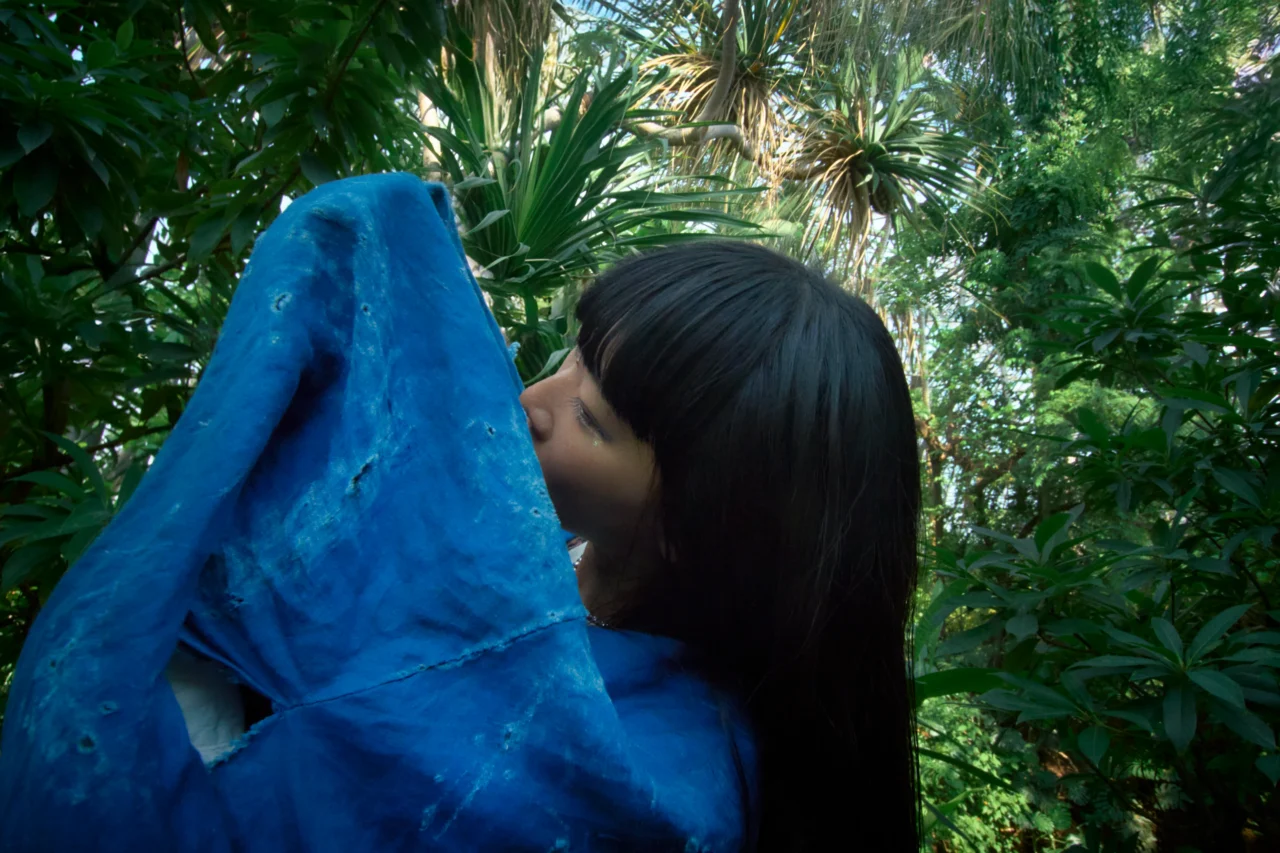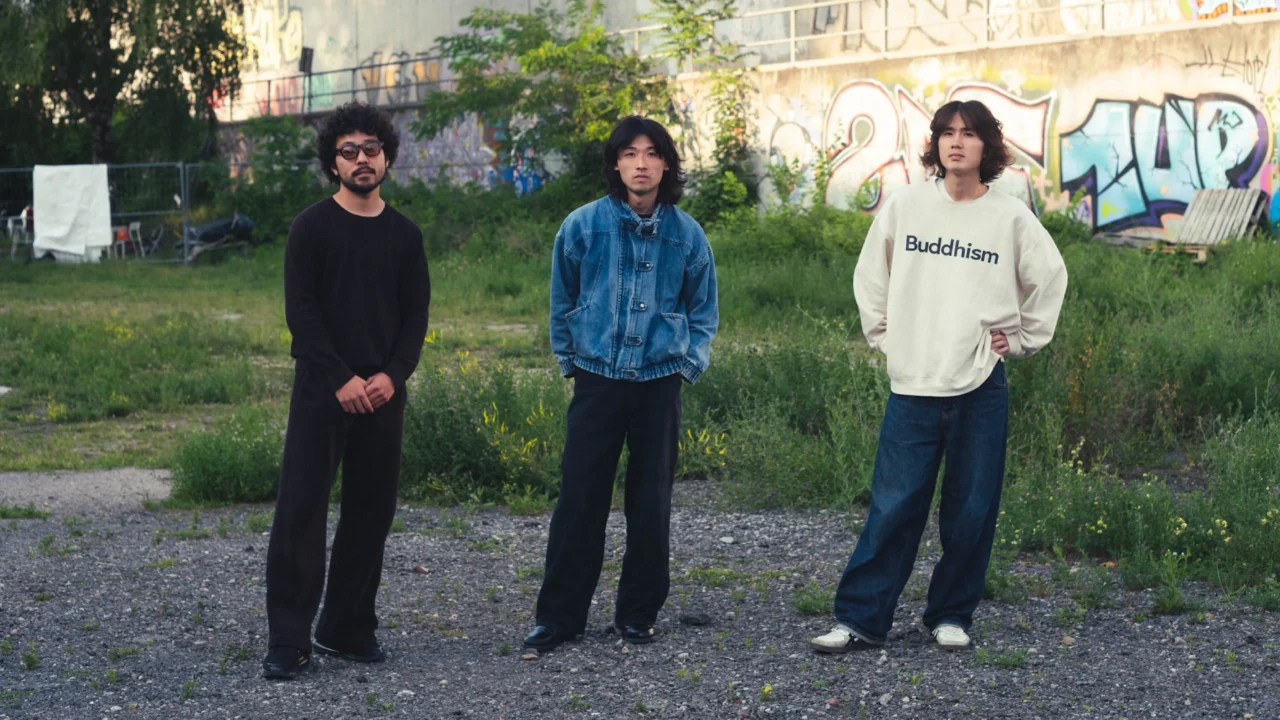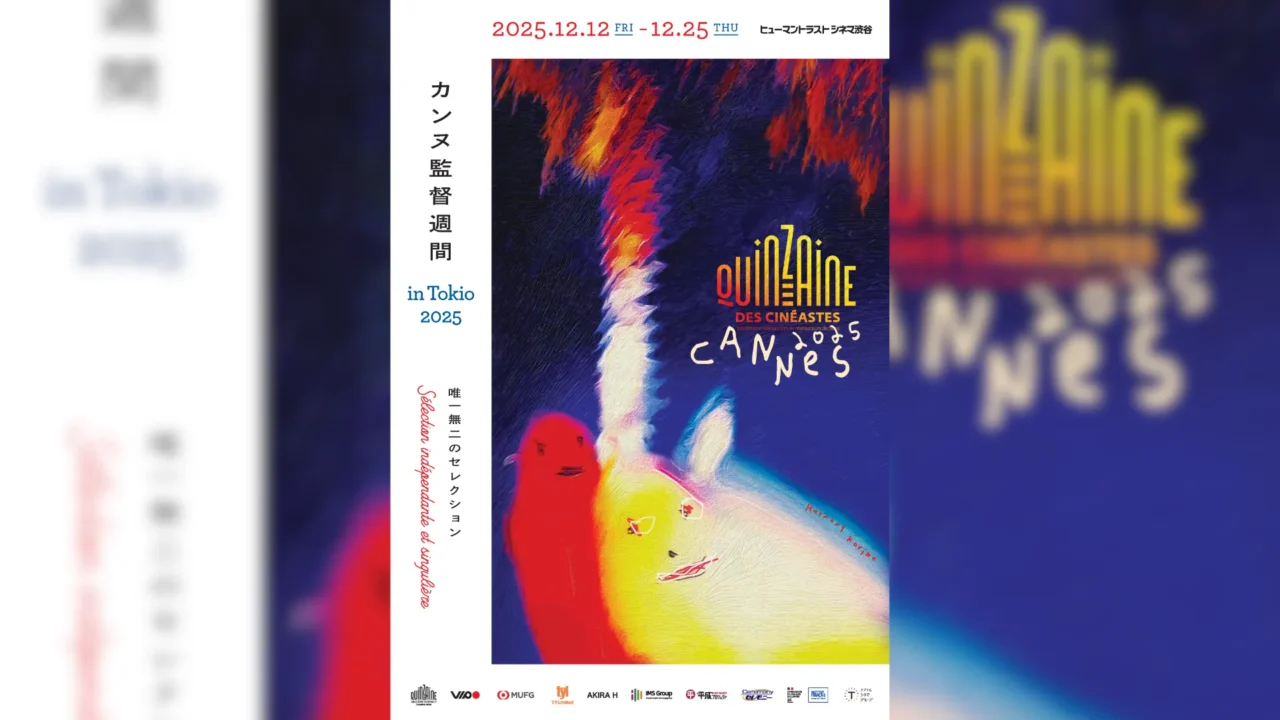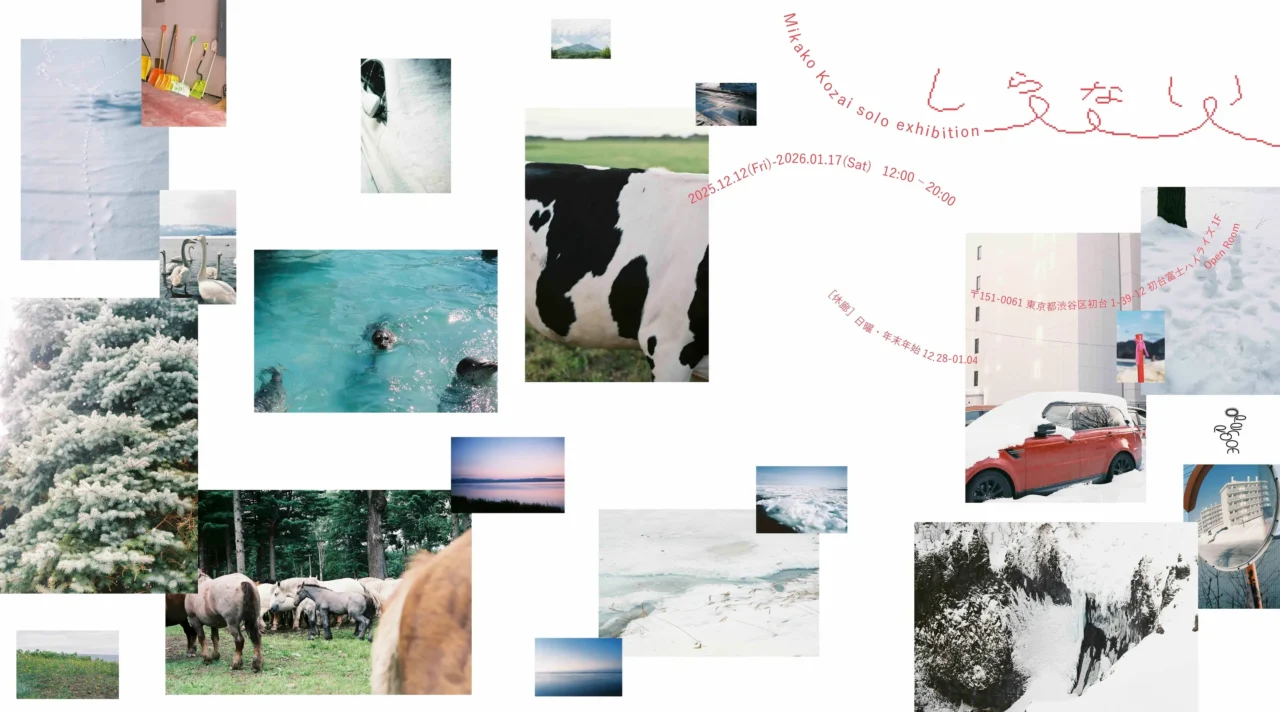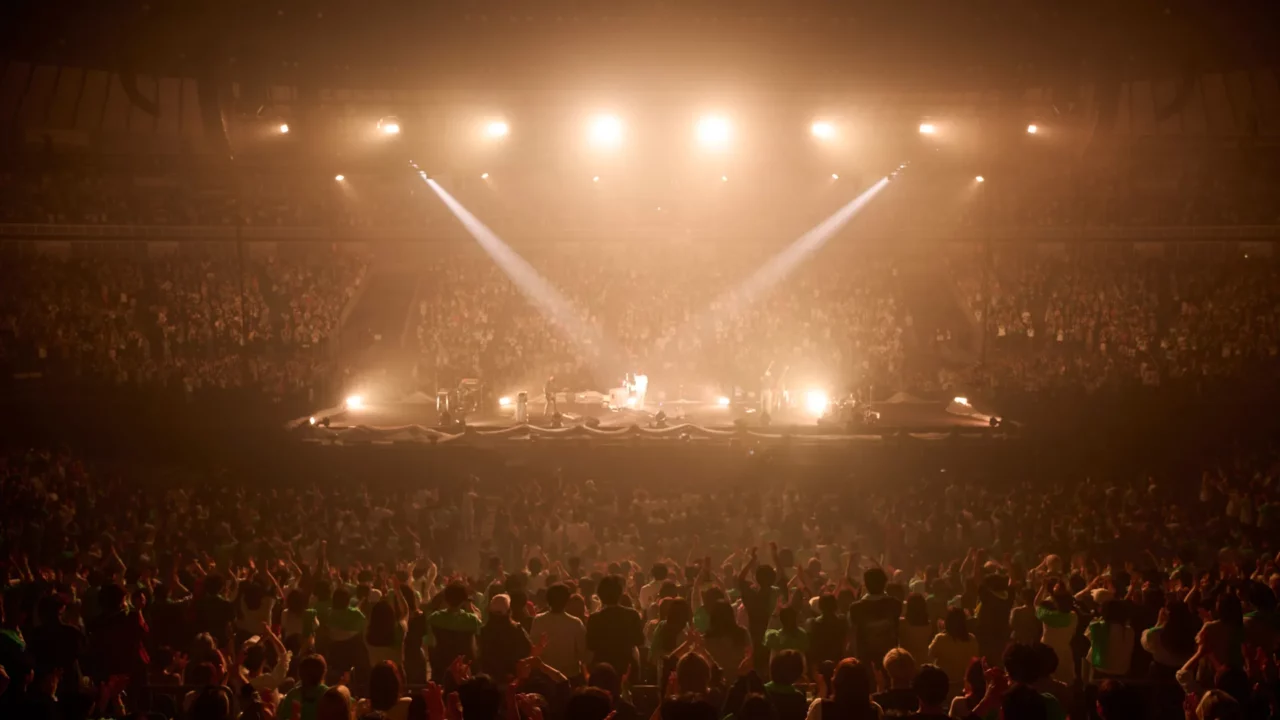INDEX
Portraying the past with a touch of the present
Why do we feel an intense sadness when we recall “that summer”? That summer” is always more sad and ephemeral than “this summer. The sadness and fragility are sometimes sharp and painful to the touch.
The “that summer” depicted in “Aftersun” captures the passage of time, the transformation of memory, and the nostalgia it evokes in a very skillful way. Nostalgia is often thought of as an alluring allure that invites us to a sweet feeling, or even escape. The nostalgia evoked by this film, however, is sharp as a knife, and therefore has a very tangible force.

This feeling is achieved more effectively, I feel, by the fact that the film’s images do not attempt to represent the past “as if” it were easy.
Reflecting on his work with cinematographer Gregory Oak, Wells said, “For me, the image is always the starting point.
For me, the image is always the starting point. The slightest visual choice and observation can bring rich emotion to a film, so I began by gathering family vacation photos with specific images of the sea, sun, and sky. I wanted to reproduce high-contrast, vivid images. The rich colors really bring a sense of “now” to the film, and I liked the contrast with the idea of a film about the “past. The scene with the adult Sophie is in the present, so the colorist suggested a more contemporary feel, and it was fun to discover these nuances.
–From the press release

© Turkish Riviera Run Club Limited, British Broadcasting Corporation, The British Film Institute & Tango 2022
The actual film shows that the director’s intentions are brilliantly executed through the use of 35mm film (without going into too much detail, this analog cinematography, contrary to popular belief, can evoke the “now” rather more intensely than digital cinematography), editing, and subtle manipulation of the color correction. The director’s aim is brilliantly effective through the subtle manipulations of editing and color correction.
The “past” in the film is liberated from the “imitation of the past” and connected to the present as a vivid experience that is felt in the subjective view of the protagonist, Sophie (or the audience), who is the recollectionist.





